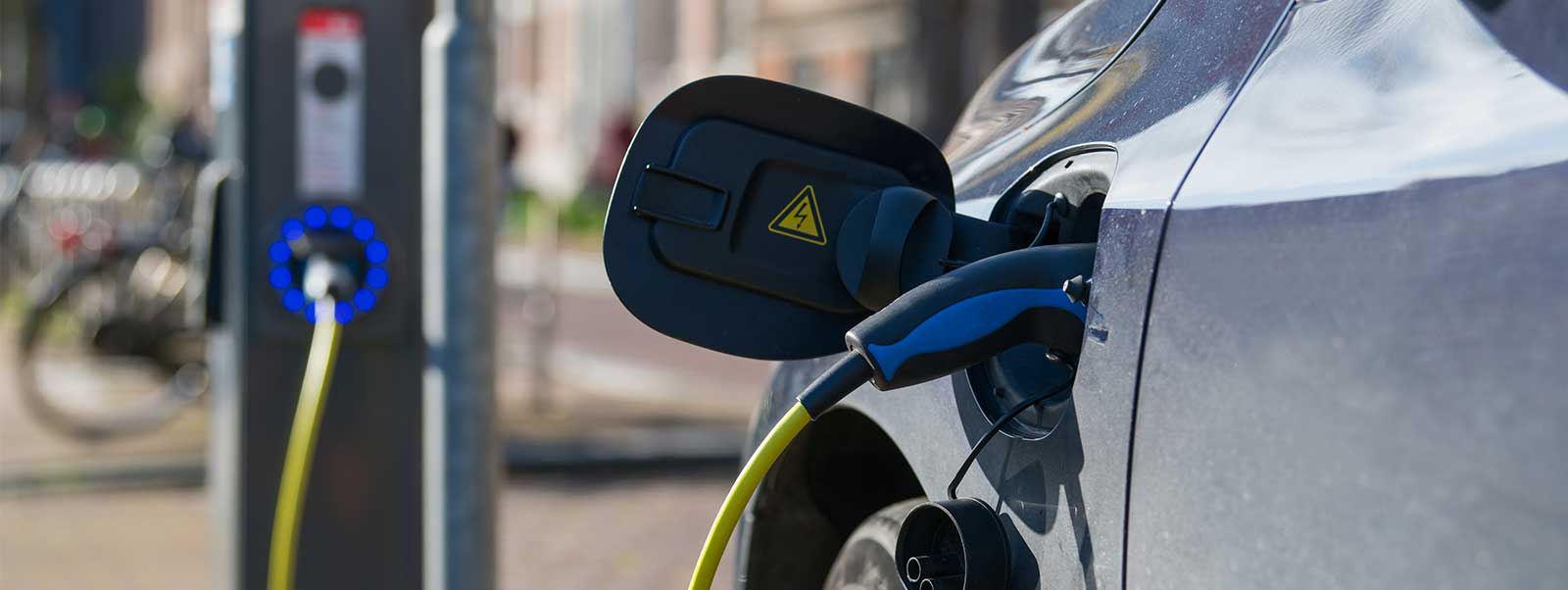By Andrew Perry
This article first appeared in The Telegraph on the 20th September, 2018
Last week the government pledged £106 million for research and development in zero emission vehicles, new batteries and low carbon technology. This follows an announcement in last year’s Autumn budget of the launch of a £400 million investment fund to help accelerate charging infrastructure development.
The commitment to end the sale of new conventional petrol- and diesel-engined cars and vans by 2040, and all cars and vans by 2050, is at the core of the Government’s Industrial Strategy.
However, while these targets are welcome, they are not particularly ambitious, given the pace of change and development in the market. Some experts believe China will phase out new petrol vehicles before 2035 and the country is already setting itself up as the global market leader in the production of mass-market electric vehicles (EVs)
Over the next decade, China, the US and other market leaders will be looking to export these vehicles in large volumes to the rest of the world. While investment in our own EV manufacturing industry is necessary and welcome, it’s a tough road ahead for UK automotive manufacturing, which will need to quickly establish a quality, innovation and design edge to compete with major foreign EV industries that have significant support and momentum.
While investment in our own EV manufacturing industry is necessary and welcome, it’s a tough road ahead for UK automotive manufacturing
Massive network infrastructure investment will be required for EVs to be taken up at scale, involving a long-term commitment of capital. The question is, how do we ensure investment in infrastructure is fit for purpose and reflects transport preferences that are shifting at pace?
In order to encourage increased adoption of EVs, the government will introduce a requirement for charge points in new homes and on street lighting columns. However, it’s quite possible that within 20 years, shared autonomous EVs will be the transport mode of choice for people in cities. Autonomous shared EVs could potentially drive themselves to the nearest depot to charge.
So, we’re left with a chicken and egg scenario. Investment in infrastructure is certainly required to drive uptake of EVs, but by committing to specific solutions we risk creating stranded assets.
As we move towards our EV future, the best investment we can make is in our people. A skilled workforce will be essential, and we must develop a deep understanding of EV technology, smart charging and system management.
A long-term industrial strategy that supports research and market-based innovation, and which develops key skills that can adapt in a rapidly changing world, may be the best route to take.





